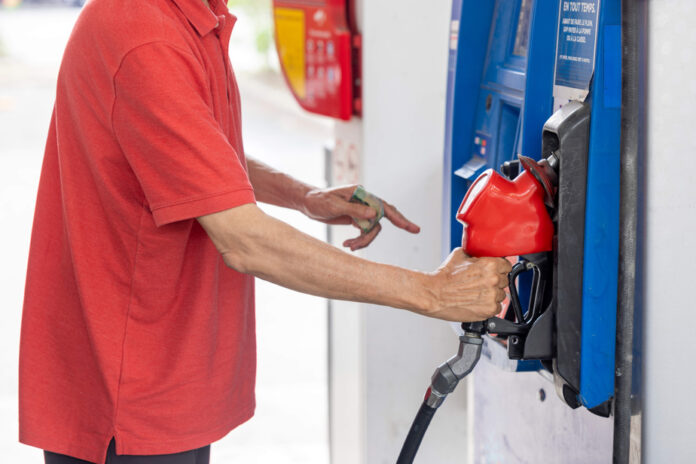How is the price of gasoline determined? What makes the price of gasoline in Saguenay approximately $0.25/liter less than in Quebec?— Sylvie Gagnon
Before arriving in Saguenay, the gasoline traveled a long way. Its price is first determined by the supply and demand of crude oil on the international market, which varies daily. The oil is then transported by ship, train or pipelines to refineries which transform it into gasoline. The gasoline is then transported to the various consumer markets in the province.
Its price is then set based on the distance between the refinery and the place where the gasoline is sold, plus several taxes: federal excise tax, provincial fuel tax, GST and QST. The carbon tax that fuel distributors must pay is also added to the price of gasoline, but it is a tax that is not visible to the consumer who pays it directly at the pump.
At this stage, the price of a liter of gasoline is no longer the same from one region to another. Montreal motorists pay an additional tax of 3 cents per liter to finance public transportation. Saguenay benefits from a reduced provincial tax rate for remote regions, which is not the case in Quebec.
This partly explains the price difference at the pump. There are other explanations. Gasoline prices include the profit margins of intermediaries, namely the refiner, the transporter and the retailer.
As a general rule, the absence of competition leaves the retailer freer to increase the price at the pump than if there are gas stations on every street corner.
Also, the cost of operating a gas station is higher in cities, where property taxes are higher than in the regions.
The difference in pump prices between Quebec and Saguenay is mainly explained by the margin that the retailer takes to cover its costs and make a profit. Thus, the average margin of retailers in Quebec (Charlesbourg sector) was 15.4 cents per liter over the last year, compared to 4 cents per liter in Saguenay (Chicoutimi-La Baie), according to the Régie statement. Energy.











